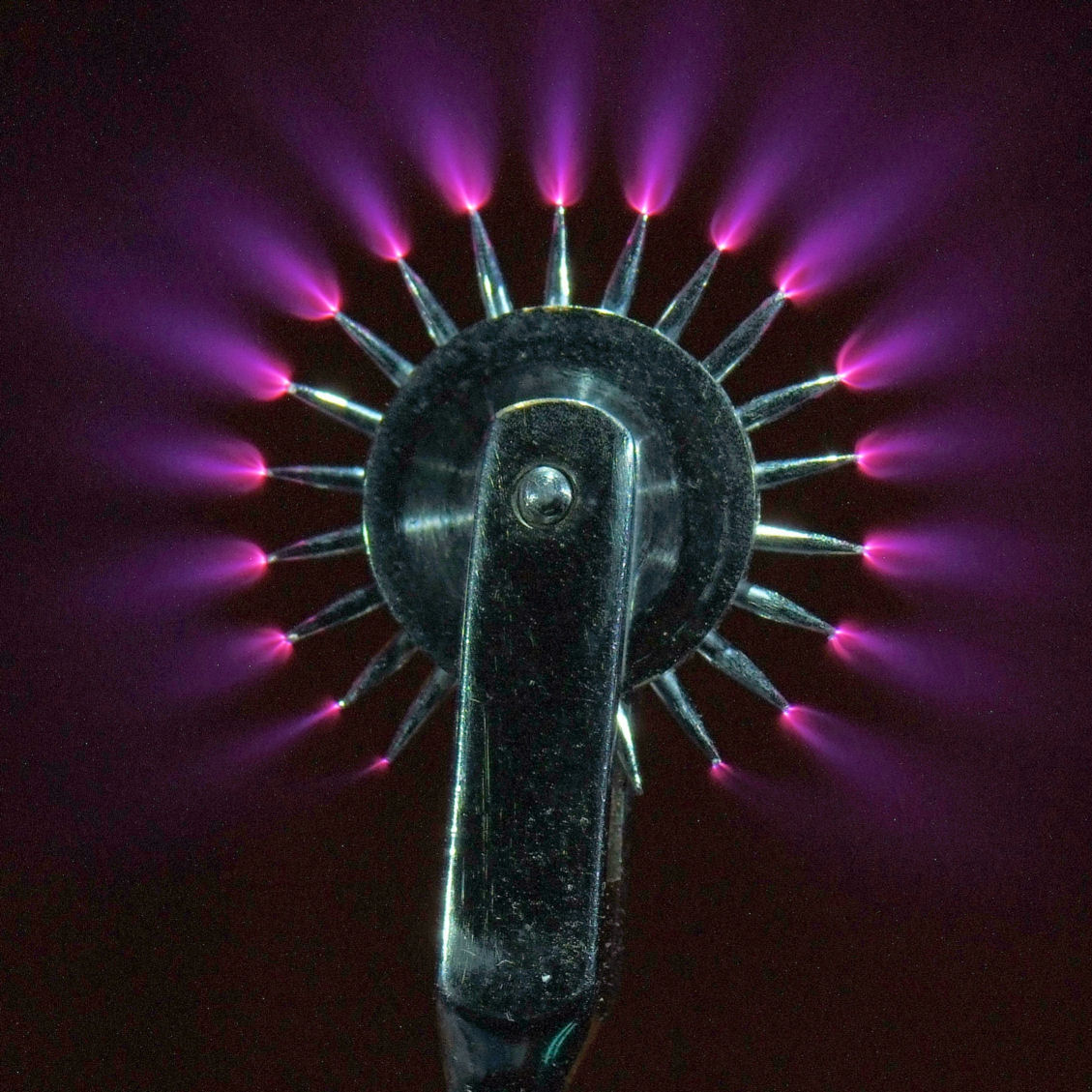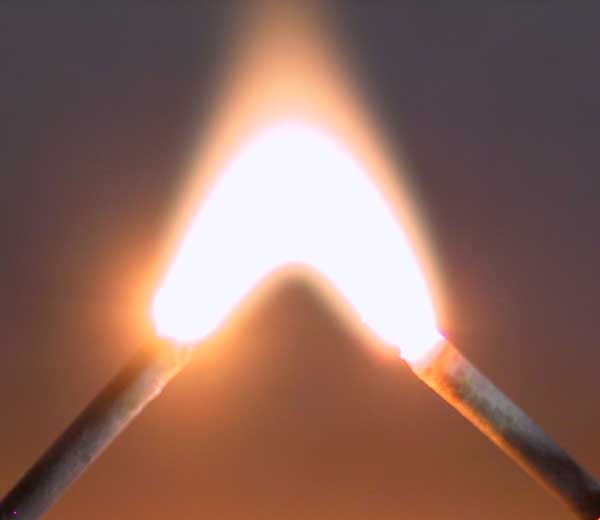Copyright 2018 Robert Clark
(patents pending)
In the blog post, Beamed propulsion doable now, and with it space solar power, I discussed microLED's whose extremely high light output can be used for orbital beamed propulsion, space solar power, or laser missile defense. I wondered though if their output could be made even larger by making the light emitters at the nanoscale rather than the microscale.
Of course for anything at the nanoscale the first thing to comes to mind are the carbon nanotubes because they have so many extraordinary properties. We'll discuss some possible ways to generate the high intensity light via carbon nanotubes. Some of them may also work with nanowires of other types. For each, we'll follow the example of the microLED's of using nanoscale parabolic mirrors to collimate the light thereby forming a more intense beam.
Glow Discharge Light.
One way nanotubes can create light is though electrical breakdown producing an ionization plasma. In general, high voltage passed througn thin wires or though a sharp point electrode can generate a plasma, known as a corona discharge:
When the potential gradient (electric field) is large enough at a point in the fluid, the fluid at that point ionizes and it becomes conductive. If a charged object has a sharp point, the electric field strength around that point will be much higher than elsewhere. Air near the electrode can become ionized (partially conductive), while regions more distant do not. When the air near the point becomes conductive, it has the effect of increasing the apparent size of the conductor. Since the new conductive region is less sharp, the ionization may not extend past this local region. Outside this region of ionization and conductivity, the charged particles slowly find their way to an oppositely charged object and are neutralized.
Or electric arc discharge:
Electric arc.
An electric arc between two nailsAn electric arc, or arc discharge, is an electrical breakdown of a gas that produces an ongoing electrical discharge. The current through a normally nonconductive medium such as air produces a plasma; the plasma may produce visible light. An arc discharge is characterized by a lower voltage than a glow discharge and relies on thermionic emission of electrons from the electrodes supporting the arc. An archaic term is voltaic arc, as used in the phrase "voltaic arc lamp".
The thinner the wires or sharper the point electrodes the more intense the electrical field and the more intense will be the light generated in accordance with Paschen's Law. Because the nanotubes are so thin but at the same time can carry high electrical power, intense plasma generated light can be produced.
Fluorescent Light.
Fluorescent lamps work by sending an electric current through mercury vapor. This induces UV light to be emitted. The UV interacts with a phosphor on the inner surface of the lamp to emit visible light. The fluorescent lamps could be made at the nanoscale using nanotubes or nanowires. Note that it might even be sufficient to make a UV beam in which case a phosphor would not be needed to make a visible light beam.
Cathode Ray Tube.
Cathode ray tubes also called vacuum tubes were the primary method of operation for TV's prior to the advent of flat-screen TV's. They work by generating an electron beam and directing it a phosphor covered screen to generated light. Carbon nanotubes are known as efficient electron emitters via application of electric current so can be used to make a CRT at the nanoscale.
Neon Lights.
Neon lights also work by sending electric current through an inert gas such as neon or xenon. Unlike the fluorescent and CRT cases though it produces directly visible light rather than needing a phosphor.
Bob Clark





2 comments:
Paschens law does not seem to say what you imply it says.
All these mechanics have low efficiency, as in alot of energy goes into heat. Heat and nanotech dont go well together.
Optical nantenna would be a device thats needed here.
Then again, microwaves are better. Almost zero loss trough atmosphere (compared to light), technologically doable now.
Carbon nanotubes are being studied as sources of electrons at very low voltages and therefore lower electron temperatures. However, the thermoionic emission process is very inefficient, and I do not see how it is related to producing light in any way.
Post a Comment